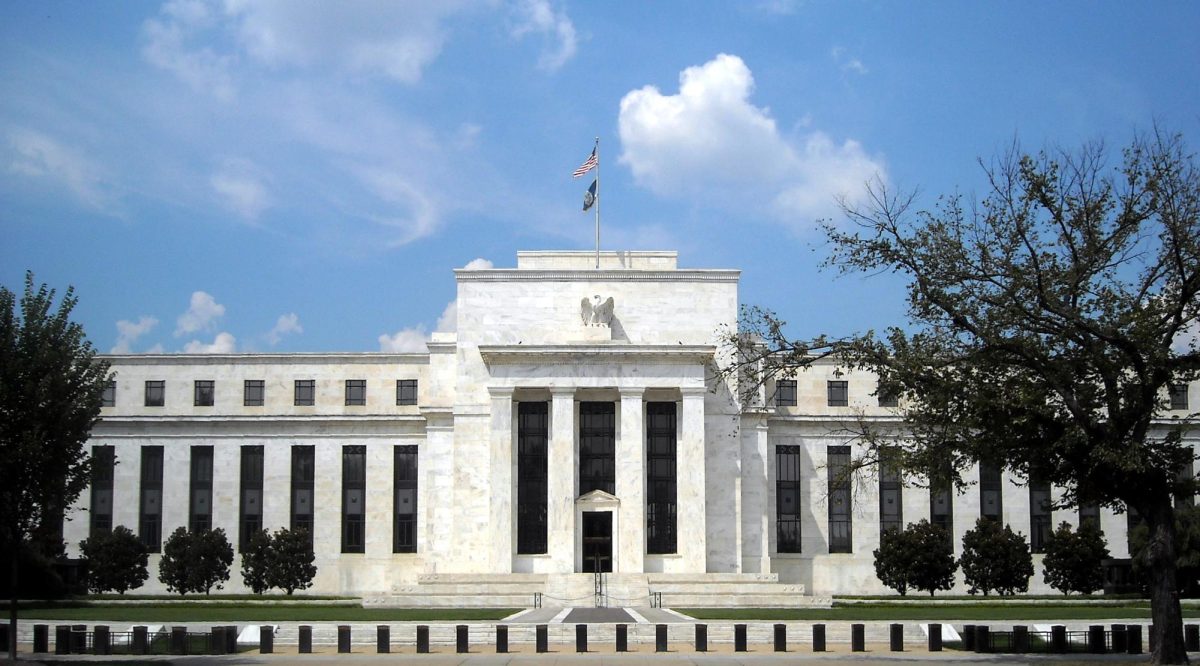With the ongoing trade war between the United States and China, slower economic growth and muted inflation levels have created uncertainty and fallout in the markets in 2019. However, one area that has seen growth this year is the consumers industry. This industry, which is broken down into two primary sectors — consumer staples and consumer discretionary — have outperformed the overall market performance as a whole so far this year.
The S&P 500, which is comprised of 11 sectors, has seen 18.8% growth year-to-date. Consumer discretionary is ranked second with 23.5% growth, while consumer staples is ranked fourth with 20.4% growth, according to Yardeni Research.
These growth numbers should not come as a surprise, since consumer spending is responsible for approximately 65% of the growth in the U.S. economy, as measured by Gross Domestic Product. Although economic growth is expected to slow in the second half of 2019, the consumer industry continues to outperform.
The consumer has been the primary driver of growth in 2019 so far, since the trade war between the United States and China has slowed business investments. Additionally, the Federal Reserve’s willingness to continue to cut rates means consumers will have cheaper borrowing opportunities and more money to spend. As a result, the United States will need the consumer industry to remain robust through year end and deliver solid spending during the holiday shopping season.
The consumer staples sector, which is comprised of companies specializing in typical consumer products, such as food, beverages, home and personal care and tobacco, has followed a historically consistent trend. It has outperformed during trade-induced volatility, but has underperformed at times when those concerns have eased.
Some of the factors that have made an impact on the sector this year are the retailers aggressively cutting costs, increased geopolitical tension and increased competition within the low-cost space. The trade disputes are likely the most significant factor since escalating. Long-term trade conflicts could increase costs for American producers and prices for consumers.
However, due to the increased likeliness of a recession in the near future, consumer staples are a safe haven to continue to outperform the market.
Consumers will continue to buy essential goods, such as toiletries, food, water and clothing, regardless of the economic state. As a result, these businesses are protected from short-term economic-driven demand swings, and they tend to grow steadily, regardless of the status of the economy. That is why stocks in this sector are referred to as “recession-proof.”
The consumer discretionary sector, which is made up of goods and services that are considered non-essential items that require extra income, including luxury goods, restaurants, hotels and casinos, saw a decline in performance at the start of 2019 after the December 2018 market correction. However, some sector companies have recovered nicely in 2019, such as Home Depot and Chipotle Mexican Grill.
Consumer spending continues to reach all-time highs, with spending in the United States surpassing $13.3 trillion in the second quarter of 2019, compared to the $13.1 trillion in the first quarter of 2019. As a result, the sector remains in a position to benefit.
The Consumer Discretionary Select Sector SPDR Fund, which holds 62 of the largest consumer discretionary companies, is up 24% since the start of 2019, proving that there has been a strong rebound from the correction.
Currently, the near-historically low unemployment, still relatively low interest rates and modestly rising wages are positive signs for the sector, but tends to perform more in line with the market. The way consumers buy products has also affected the sector, since the rise of e-commerce has created a tough environment for many retailers and traditional department stores.
Department stores saw a 36.1% decrease in growth year-to-date as a result, but that decline was offset by strong positive growth in other niche verticals within the discretionary sector this year.
Trade disputes, increased retail competition and changing consumer habits continue to affect the sector along with low unemployment, increased wages and rate cuts.
As of mid-2019, consumer staples stocks accounted for $3.6 trillion of market capitalization, making them sixth in relative size, while consumer discretionary accounted for $5.4 trillion of market capitalization, making them fourth.
John Williams, New York’s Federal Reserve Bank president, said “The consumer is now carrying all of the weight, or much of the weight, for growth going forward.”
Overall, the American consumer’s mood appears positive, as shown by the Consumer Confidence Index, which measures how optimistic or pessimistic consumers are regarding their expected financial situation. The index is currently at 135.1 as of August 2019, which is a very small decline from July’s index of 135.8. Expectations cooled moderately, but overall remain strong.
The index has seen a huge spike since the 2008 financial crisis and subsequent recession, while steadily increasing the entire decade and illustrating the increased optimism consumers have about current and prospective businesses, labor market conditions and their own financial outlook.
It will be interesting to see if that translates into more spending and more pricing power for retailers, especially during ongoing trade tensions and other factors of economic and political uncertainty.
Editor’s Note: Felix Malamud is the Sports Editor at The Ticker.








